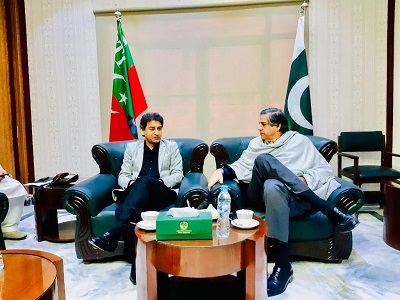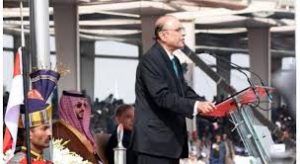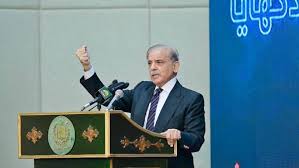Italy to practically support tourism in Pakistan: Ambassador Stefano Pontecorvo

Peshawar: Italy’s Ambassador to Pakistan Stefano Pontecorvo has said said that his country will practically support promotion of tourism in Pakistan.
During a meeting with Provincial Minister of Khyber Pakhtunkhwa for Tourism Atif Khan here, the envoy said Italy was ready to provide soft loan for the archaeology department of Pakistan.
He said Italy could offer more than Rs 1.2 billion soft loan to allow the archaeology department of Pakistan to take better care of the historical sites.
The promotion of religious tourism in Pakistan was also discussed during the meeting. Bilateral relations and investment in integrated districts were discussed in the meeting.
Officials said the loan could be used to set up archeological laboratories and for the preservation of archeological sites.
The Italian ambassador also assured the training of archeological special police in the province.
The Italian Police will provide regular training to the Archaeological Special Police and that Special Archeological Police will help prevent smuggling in Khyber Pakhtunkhw, the officials said.
Ambassador Stefano Pontecorvo and his wife Lidia Pontecorvo also visited the Sethi Mohallah and Gorkhatri.
Sethi Mohallah is an old and traditionally arranged neighbourhood in the old city of Peshawar.
The mohallah contains seven South Asian mansions built by the Sethi family that were built in a style reminiscent of Central Asia with elaborate wooden carvings. The houses were completed in the late 19th century.
Gorkhatri is a public park in Peshawar, Pakistan, located within a Mughal-era caravanserai that was built at the site of ancient ruins.
Gorkhatri was identified by Alexander Cunningham with the Kanishka stupa, the giant stupa of King Kanishka the Great, while Professor Dr. Ahmad Hasan Dani identified it with the place where the famous tower of the Buddha bowl once stood.
The celebrated Chinese pilgrim Xuanzang, who visited Gandhara in the early 7th Century CE, had paid glowing tribute to the city and the Kanishka stupa in his memoirs. He also talked about a site, which many historians argue refers to Gorkhatri where “Buddha’s giant bowl was kept”.
Mughal Emperor Babar, who recorded its importance in his autobiography, visited the place in the Babur Nama.
In the early 16th century, Jahanara Begum, daughter of Mughal Emperor Shah Jahan, built a pavilion at the ancient site, and converted the site into a caravanserai, and named it Sarai Jahanabad. She also constructed a Jama Masjid, a sauna bath and two wells inside Sarai Jahanabad for the convenience of travelers.
The Sikhs converted the site into the residence and official headquarters of their mercenary general Paolo Avitabile who was governor of Peshawar from 1838-1842.
They constructed a Hindu temple for Shiva there. Professor S.M. Jaffar, in his monumental book “Peshawar: Past and Present”, identified it with the place of Hindu pilgrimage where they performed the Sardukahr ritual – shaving off heads.





